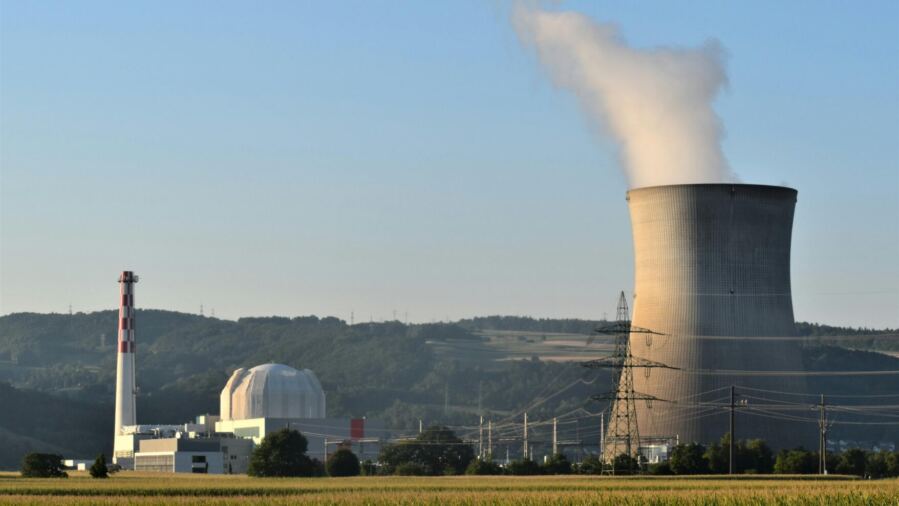Deep inside nuclear reactors, where temperatures soar and radiation makes human inspection impossible, a new digital guardian is standing watch. Researchers have developed artificial intelligence that can predict potential equipment failures 1,400 times faster than traditional methods, potentially revolutionizing safety in one of our most powerful yet demanding energy sources.
The breakthrough comes from University of Illinois Urbana-Champaign researchers who have trained AI to act as “virtual sensors” in places too hostile for physical measuring devices. Published in Nature’s npj Materials Degradation, the technology could transform how we monitor the most critical and inaccessible parts of nuclear power plants.
“Our research introduces a new way to keep nuclear systems safe by using advanced machine-learning techniques to monitor critical conditions in real-time,” said Syed Bahauddin Alam, assistant professor in the Department of Nuclear, Plasma & Radiological Engineering. “Traditionally, it’s been incredibly challenging to measure certain parameters inside nuclear reactors because they’re often in hard-to-reach or extremely harsh environments.”
The innovation addresses a persistent challenge in nuclear power generation: how to monitor components constantly subjected to extreme conditions. Current physical sensors can’t be placed everywhere needed, leaving potential blind spots in safety monitoring systems.
Alam’s team developed what they call Deep Operator Neural Networks (DeepONet) that, once trained, can instantly predict complete thermal and hydraulic conditions throughout a reactor system. The AI specifically focused on monitoring the “hot leg” of pressurized water reactors – a critical component where superheated water flows.
“Think of it like having a virtual map of how the reactor is operating, giving us constant feedback without having to place physical instruments in risky spots,” Alam explained. “This not only speeds up the monitoring process but also makes it significantly more accurate and reliable. By doing this, we can detect potential issues before they become serious, enhancing both safety and efficiency.”
The research leveraged NCSA’s Delta supercomputer, utilizing its advanced NVIDIA A100 GPUs to train the complex AI models. This computational muscle was essential for teaching the AI to make predictions with the speed and accuracy needed for real-world applications.
“Massive thanks to Illinois Computes for funding this research,” Alam said. “Partnering with Dr. Diab Abueidda and Dr. Seid Koric from NCSA was essential to our success. Through the campus-funded program, we leveraged Delta’s state-of-the-art supercomputing resources, including a computational node with NVIDIA A100 GPUs, to train and test our models efficiently.”
The collaboration between nuclear engineers and AI experts demonstrates how interdisciplinary approaches can tackle previously insurmountable challenges. By combining domain expertise with cutting-edge computing, the team created a system that doesn’t just collect data but actively interprets it.
“This collaboration exemplifies the synergy that emerges when advanced AI methods, high-performance computing resources and domain expertise converge,” said Abueidda, a research scientist at NCSA. “By uniting our specialized skill sets, we have accelerated research while enhancing the accuracy and reliability of critical safety measures.”
As nuclear power continues to be evaluated as a carbon-free energy alternative, innovations like these AI watchdogs could help address concerns about safety and maintenance while optimizing plant operation. The researchers are now exploring expanded applications of their virtual sensing technology in other complex energy systems.
If our reporting has informed or inspired you, please consider making a donation. Every contribution, no matter the size, empowers us to continue delivering accurate, engaging, and trustworthy science and medical news. Independent journalism requires time, effort, and resources—your support ensures we can keep uncovering the stories that matter most to you.
Join us in making knowledge accessible and impactful. Thank you for standing with us!

